Blenheim Palace's gold toilet and other treasures waiting to be found in 2020
Precious items that could turn up any time
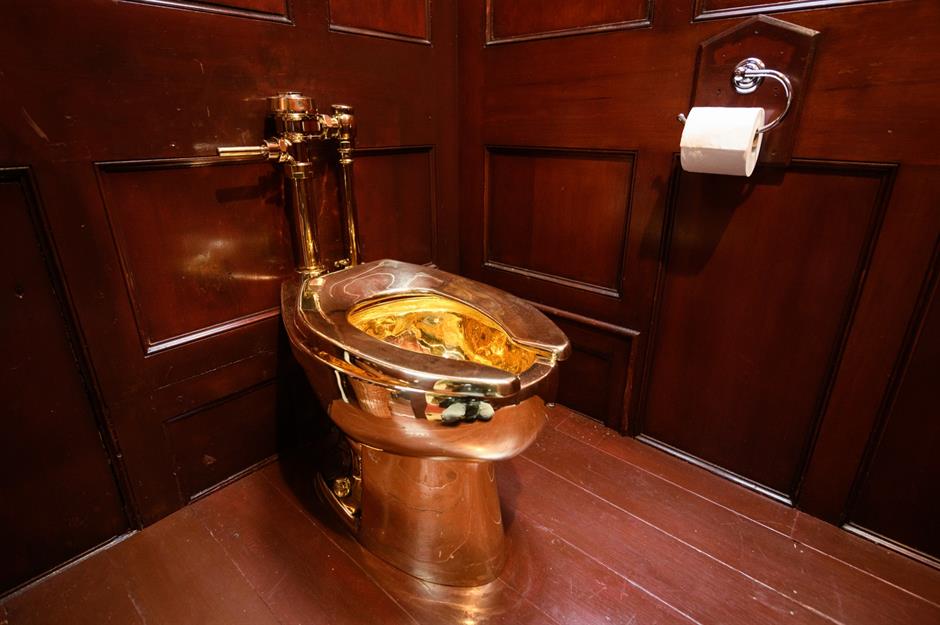
If you’ve ever wanted to go hunting for lost or stolen treasure, maybe 2020 could be your year. From an infamous art dealer’s stash supposedly hidden in the Rocky Mountains, to a necklace that went missing from Indian royalty, and of course the recent theft of a solid-gold toilet art installation from Blenheim Palace in Oxfordshire, England, these mysterious treasures have had fortune-hunters scratching their heads, and are still waiting to be found. Click or scroll through to discover 21 of the treasures that are waiting to be discovered.
Padmanabhaswamy Temple treasure

Known as the richest temple in the world, the 16th century Padmanabhaswamy Temple in Kerala, India, houses several underground vaults filled with unbelievable treasures. In 2011, when one of the secret chambers was finally opened after centuries, and gold jewellery, ornaments, crowns and precious stones estimated to be worth $22 billion (£18.2bn) were found. Overall the temple could hide treasures worth up to $1 trillion (£830bn), researchers believe.
Padmanabhaswamy Temple treasure

Flor de la Mar
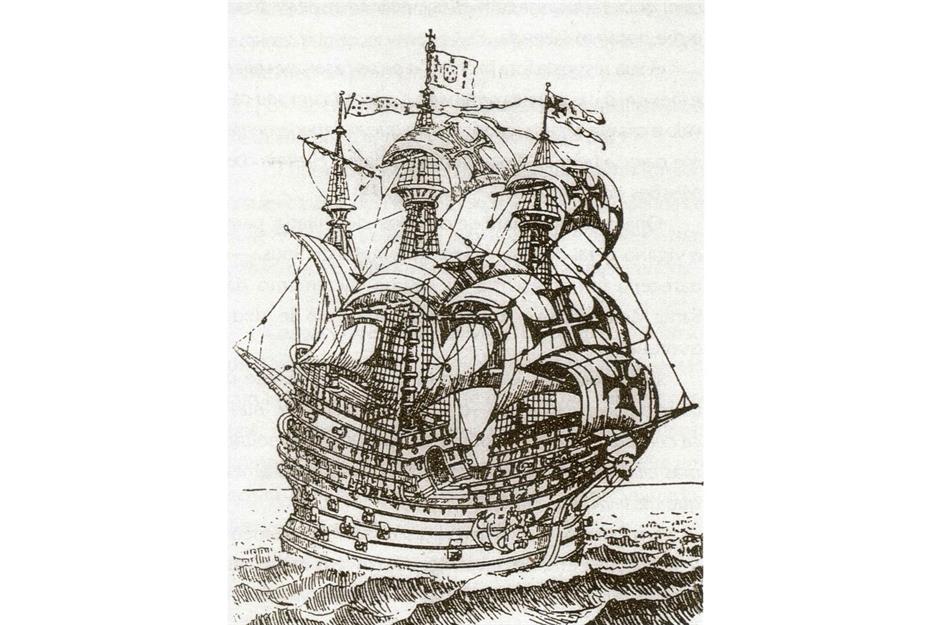
Shipwrecks containing alleged treasure have long fascinated fortune hunters, and the Flor de la Mar is no exception. This Portuguese ship was said to have been transporting precious items and money from the King of Siam to the Portuguese king in 1511 but got caught in a storm near the Sumatran coast and sank to the bottom of the ocean.
Flor de la Mar
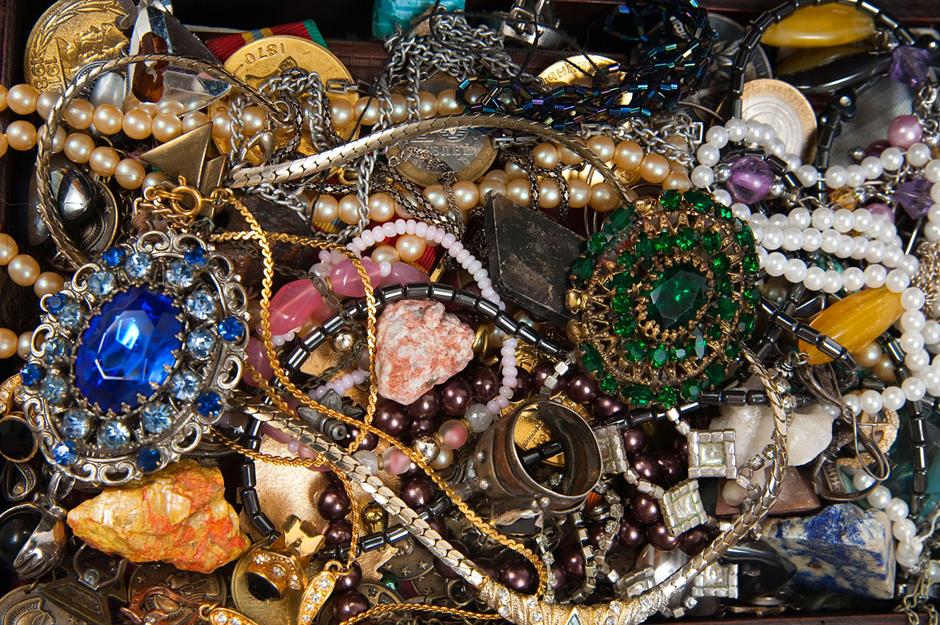
Numerous treasure hunters have visited the site of the shipwreck since then, but without much luck. The 400-ton Portuguese vessel was laden with lavish treasures, including gold goblets, precious jewels and vast amounts of gold bullion, worth $2.6 billion (£2bn) in today's money. Could 2020 be the year the ship is finally pinpointed?
Treasure of the Llanganates

In 1532, Spanish conquistador Francisco Pizarro captured Inca Emperor Atahualpa at Cajamarca in modern-day Peru. The emperor promised to fill an entire room with gold and another with silver to secure his release, but before the precious metals could be delivered, the Spanish murdered their captive.
Treasure of the Llanganates

According to legend, Inca general Rumiñahu, who was transporting the gold and silver, buried it in a cave or dumped the stash in a lake in Ecuador's Llanganates Mountains. Archaeologists are divided as to whether the hoard is still out there, but that hasn't stopped adventurer after adventurer trying their luck. Could this be the year it's found? Time will tell.
Finding treasure can happen. Read about the Incredible treasures discovered in 2018 for more inspiration
San Miguel

San Miguel

In the 500 years since the shipwreck, plenty of treasure hunters have set out to recover the sunken booty, but without much luck. But there could still be hope yet. In 2015, the remains of a 1708 shipwreck, the San Jose, were discovered off the coast of Columbia by a robotic submarine. Who knows, maybe 2020 will be the year that the San Miguel is discovered…
Intrigued by other submerged sites? Discover The world's greatest shipwreck and sunken treasures
Oak Island Money Pit Treasure
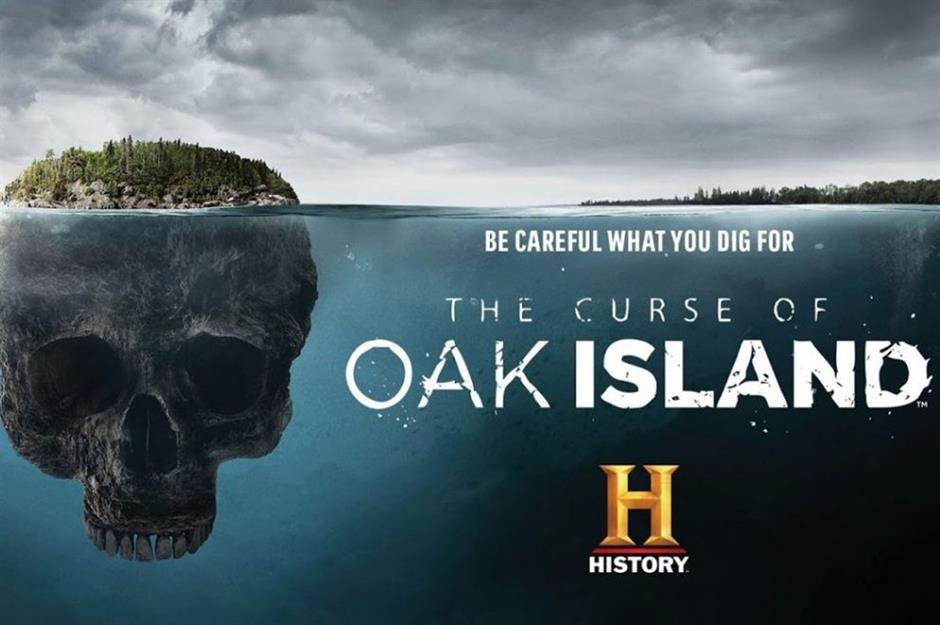
A treasure so infamous it’s earned its own TV show on the History Channel, the Oak Island Money Pit has been puzzling treasure hunters for three centuries. The fabled pit is located on a 140-acre island off the coast of Nova Scotia, Canada, and is thought to contain buried pirates’ treasure although there’s no certainty about what exactly is down there.
Oak Island Money Pit Treasure
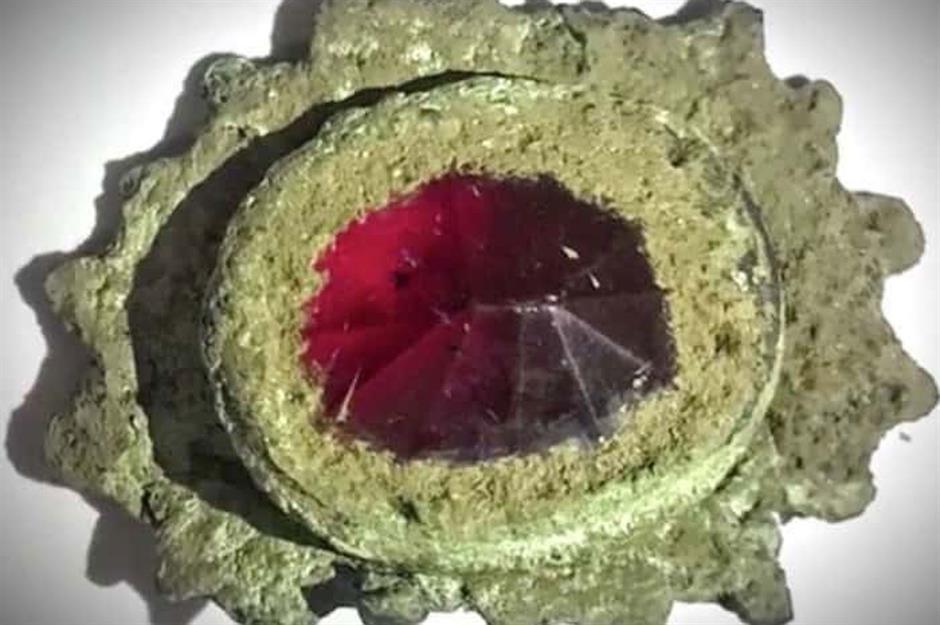
The site is thought to be cursed, due to the fact six men have lost their lives hunting for treasure there. In the latest episode of The Curse of Oak Island, presenters Rick and Marty Lagina and the team undertake an ambitious seismic operation on one part of the pit, using mini-explosions to try to expose the tunnel. If the theories are to be believed, everything from millions in cash to Shakespeare's lost folios, Queen Marie Antoinette of France's jewels and even the Holy Grail are buried on the island.
Lost Dutchman's Gold Mine

America's most famous lost mine, the Lost Dutchman's Gold Mine is said to be located somewhere in Arizona's rugged Superstition Mountains. The mine is named after 19th-century immigrant Jacob Waltz, who reportedly left gold there worth around $200 million (£155m) in today's money.
And there's more from the US, read about North America's great lost treasures still waiting to be found
Lost Dutchman's Gold Mine
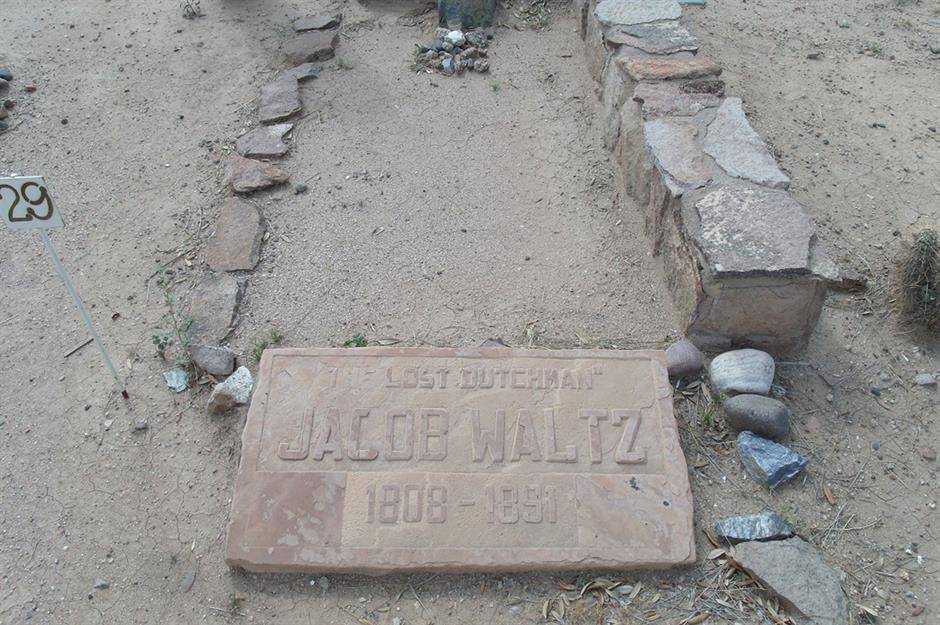
An estimated 500 adventurers have died looking for the mythical treasure, making the search for Lost Dutchman's Gold Mine the most dangerous treasure hunt in the world. Here's hoping the treasure is found soon, so the deadly search can be called off once and for all.
Not put off? Read about From Nazi gold to Tutankhamun's tomb: 6 deadly treasure hunts
Crown Jewels of Ireland
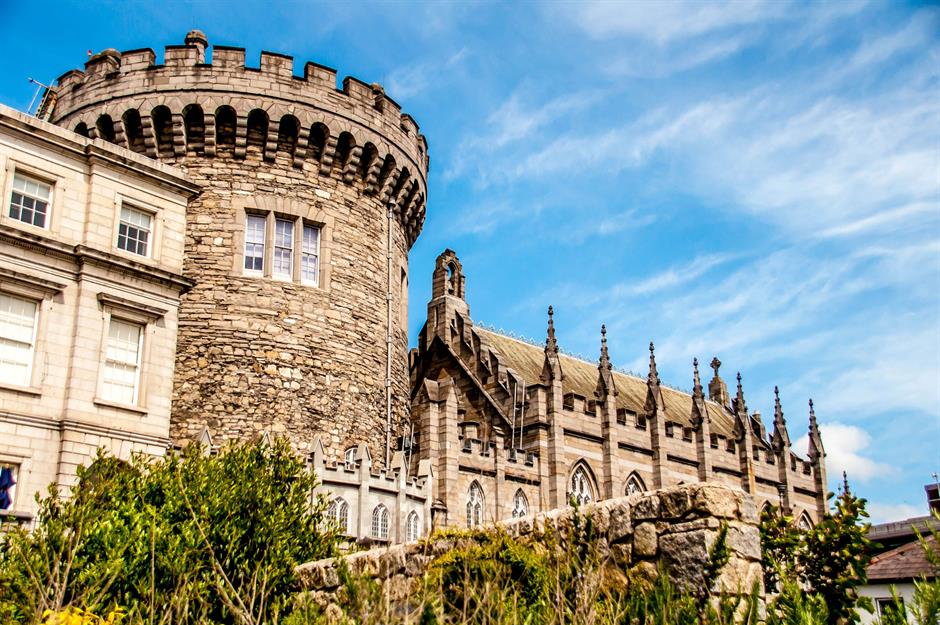
It’s been more than a century since the Irish Crown Jewels were stolen from Dublin Castle. Yet the decadent gemstones, valued at $20 million (£15m) today, have never been found and the crime remains a mystery. What is known about the case is this: on the morning of 6 July 1907, the door of the safe-room in which the jewels had been kept was found wide open, with the keys dangling in the lock. The two keys to the safe-room had been kept by Sir Arthur Vicars, the Ulster King of Arms, but it’s alleged he was pretty relaxed about security and on one occasion is said to have handed the keys over to friends while drunk.
Crown Jewels of Ireland
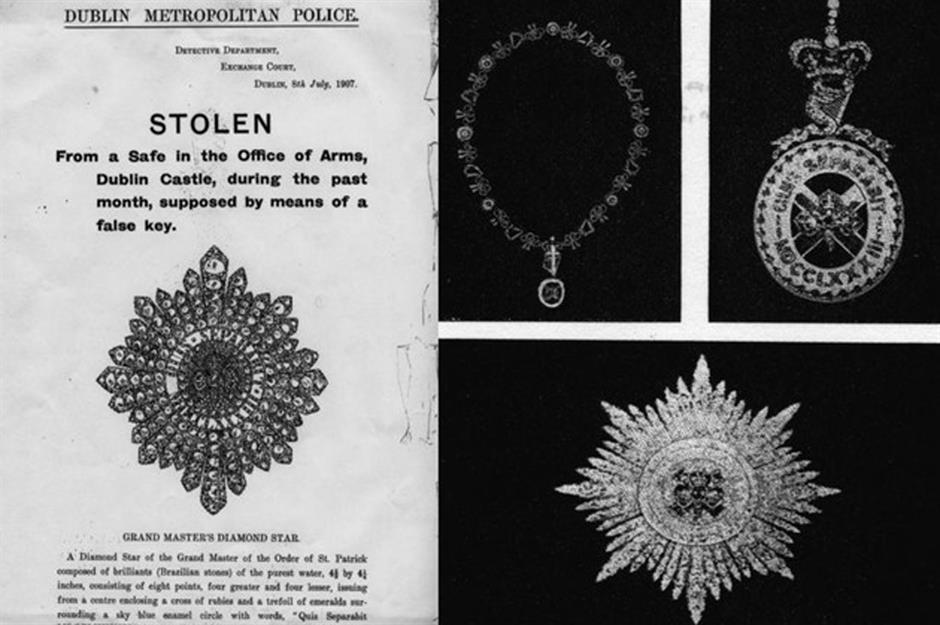
Given Vicars’s carelessness with the keys, there are several theories as to how the jewels went missing. He was a suspect of the crime but denied any involvement until his death, and no evidence could be found linking him to it. Several other close friends and confidantes were considered suspects, but to this day the case has never been solved. It’s illegal to metal detect for historical items in Ireland, meaning the average person can’t go hunting for the jewels, but fingers crossed they’ll turn up soon.
Lost Imperial Fabergé eggs
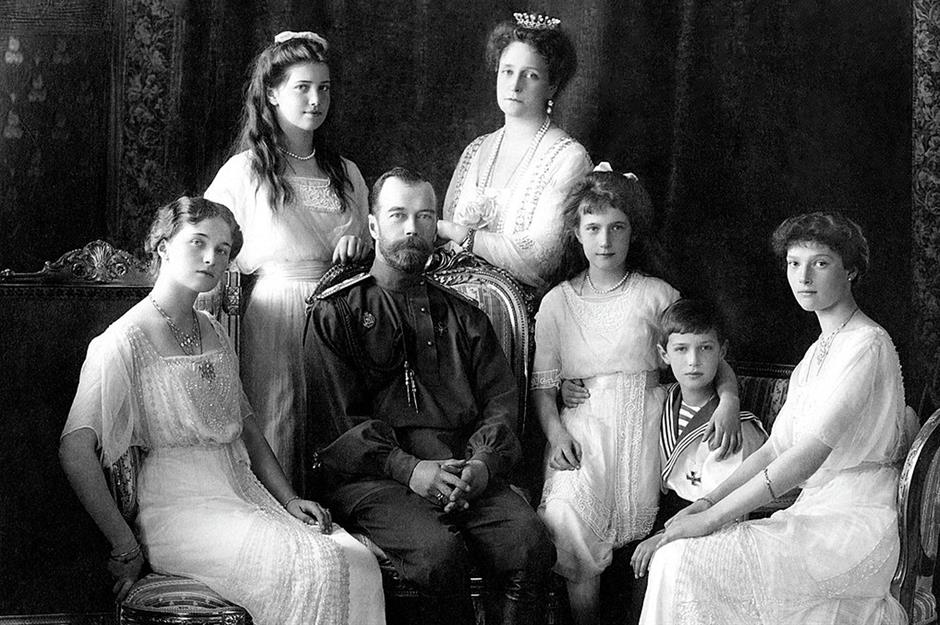
An Easter egg hunt with much higher stakes, the notorious quest to find seven missing Fabergé eggs continues. The precious metal and gemstone-adorned eggs were created by imperial goldsmith Peter Carl Fabergé between 1885 and 1917, commissioned by the Russian Tsar Alexander II every Easter. When the Tsar died his son Tsar Nicholas II continued the annual egg tradition. But when Russia was taken over by Lenin in 1917, the Bolsheviks raided the royal family home and took the 50 eggs that had been created over the years. Later, in the 1920s and 1930s, when the economy was in peril, the government sold the eggs off to international buyers.
Lost Imperial Fabergé eggs
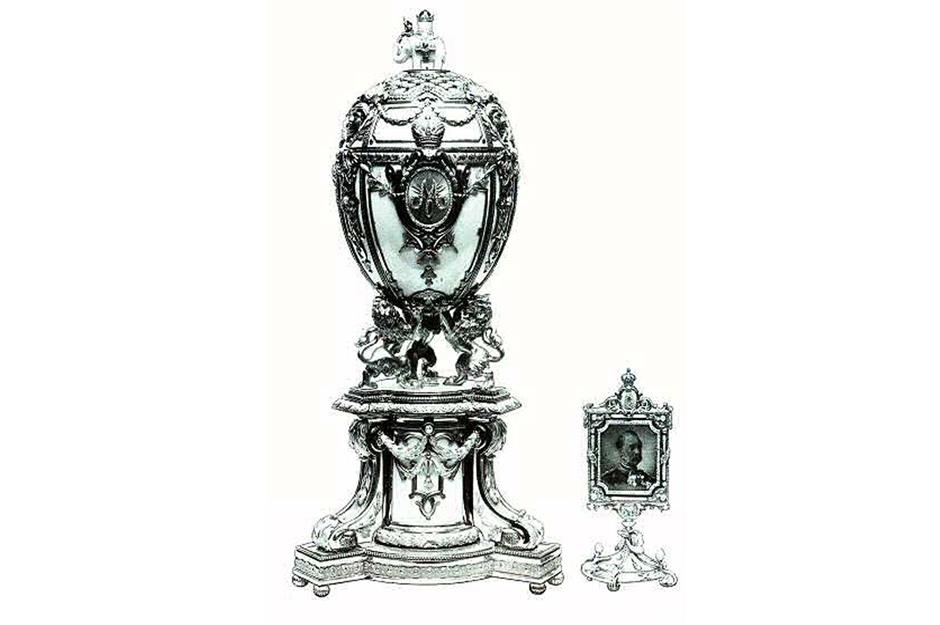
Since then, 43 of the eggs have been found and put on display at various museums – but that leaves seven waiting to be found. In the early 2000s, a scrap metal dealer unknowingly purchased one of the oldest eggs at a flea market, paying $13,302 for it and planning to one day melt it down. It’s a good thing he didn’t. After a quick internet search in 2012, he realised its true value and in 2014, sold it to a British art dealer. The price isn’t known but it’s rumoured to have been as high as $33 million (£25m). Given that one turned up so recently, there’s every chance more could be found soon.
Leon Trabuco’s gold

Leon Trabuco’s gold

However, there’s a twist – Trabuco and his crew died, taking the location of the gold to their graves. One treasure hunter, Ed Foster, has been searching for Trabuco’s treasure for around 35 years, in Farmington, New Mexico. With one tonne of gold worth approximately $46.5 million as of July 2019, this treasure haul could be worth a fortune if it’s found.
The Ghent Altarpiece
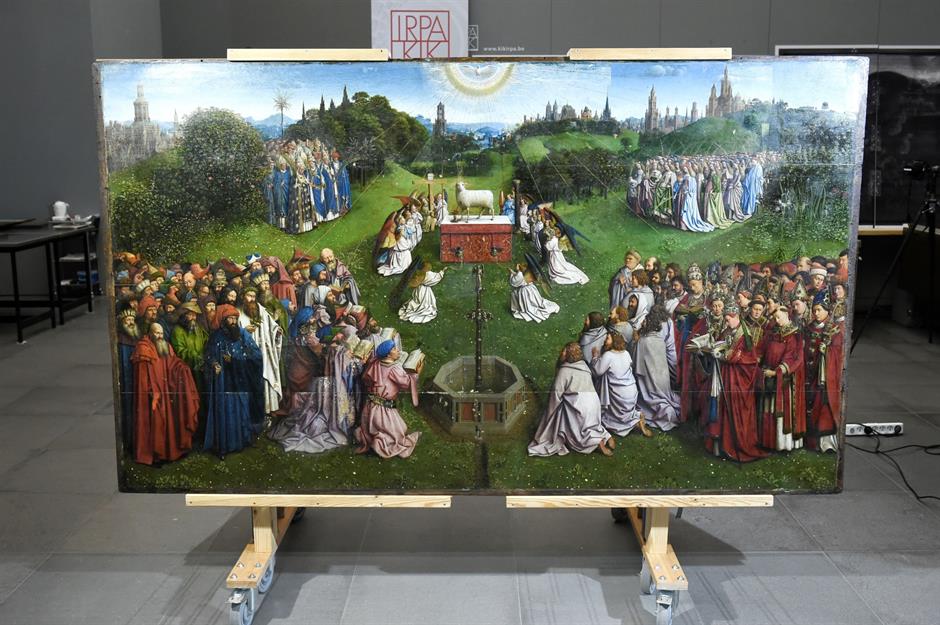
While this iconic altarpiece has since been restored, a section of The Adoration of the Mystic Lamb (known as the Ghent Altarpiece) was stolen in a notorious heist in 1934. The artwork, which was on display in St Bavo Catherdral in Ghent, Belgium, was painted by brothers Hubert and Jan Van Eyck in the early 1400s, yet on the morning of 11 April 1934, Ghent locals discovered that one of the painting’s 12 panels was missing.
The Ghent Altarpiece
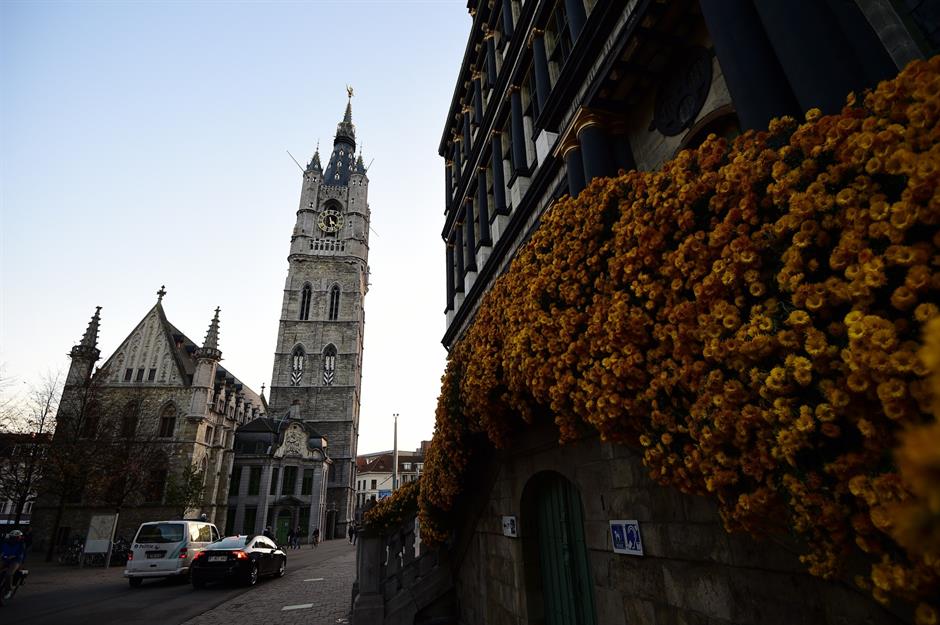
Amber Room
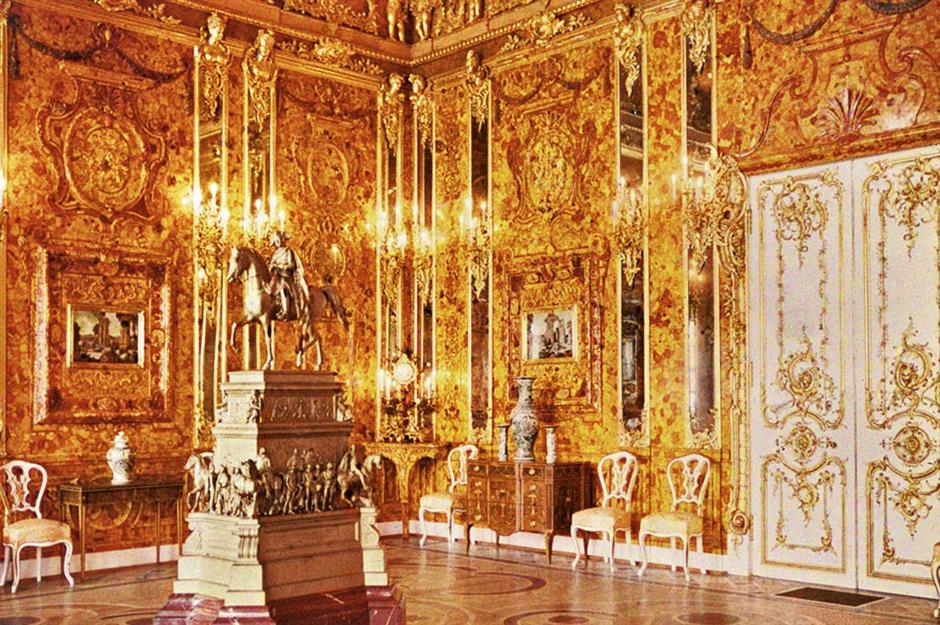
Amber Room
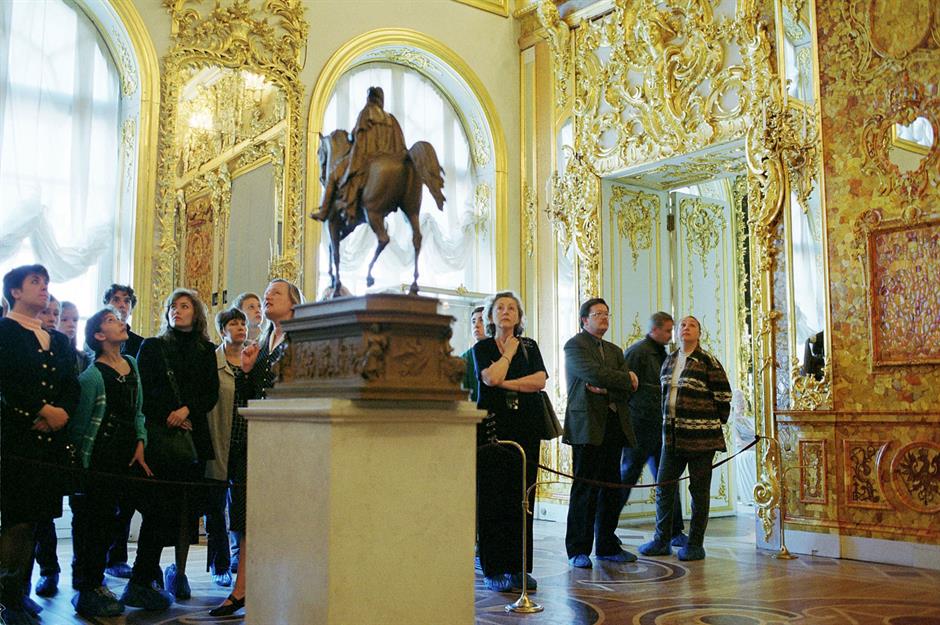
There have been a few potential leads, but nothing concrete has emerged. Potential locations for the fabled room’s contents include a tunnel under a castle in Paslek, Poland; in caves near Dresden, Germany; or somewhere at the bottom of the Baltic Sea. In October 2017, it was reported that three treasure hunters thought they’d found a possible site for the room: within a series of underground tunnels in the Eastern German Ore Mountains. However, they are awaiting funding to excavate the site.
Was it the Nazis who stole it? Read about the Amber Room and more Treasures the Nazis stole that have never been found
Lake Toplitz treasure

Lake Toplitz treasure
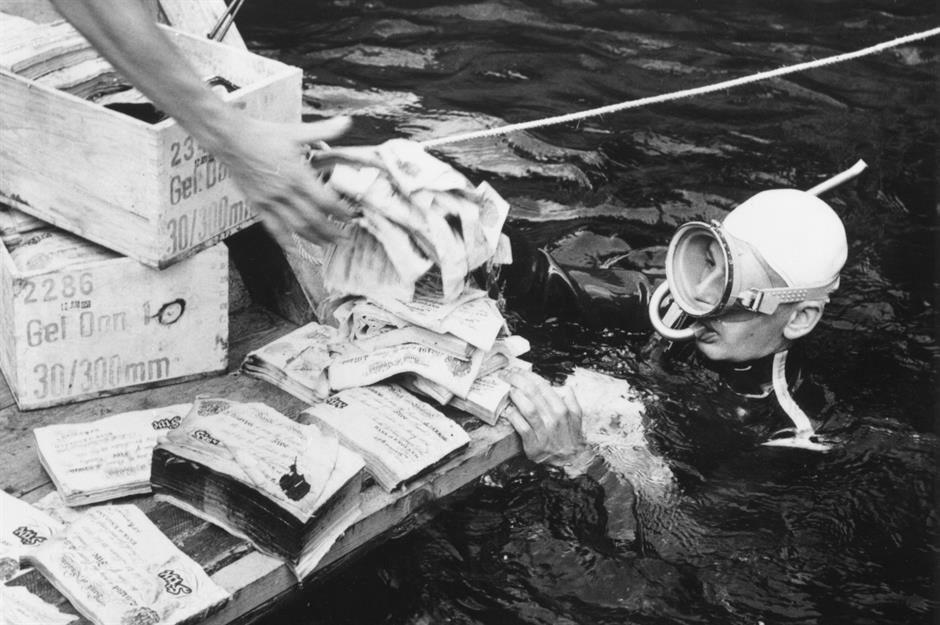
Nazi Gold Train
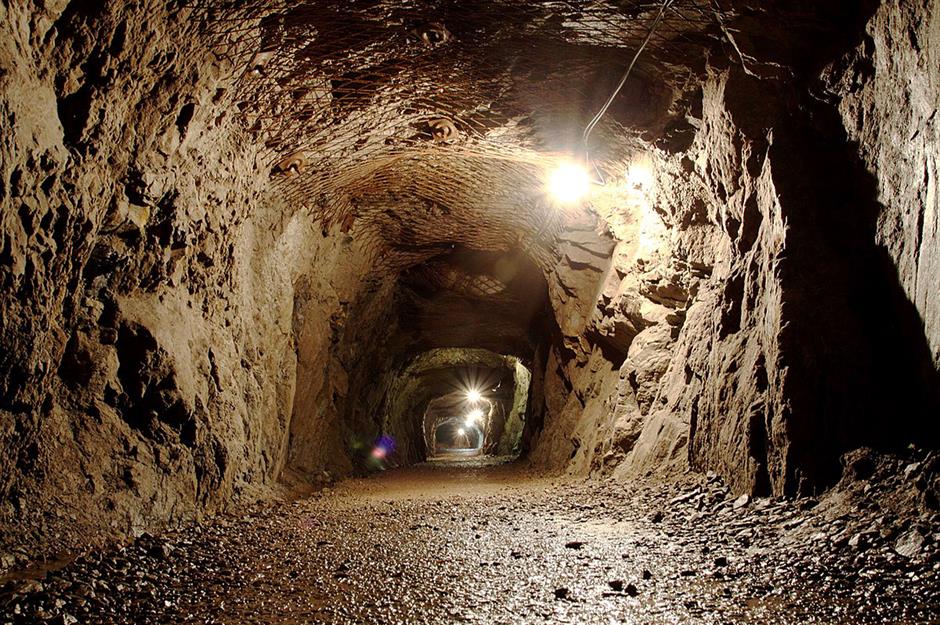
In Walbrzych in southwest Poland, an alleged “Nazi gold train” is thought to have been hidden by the Germans in a secret tunnel while they were fleeing the Soviet army in 1945. The train has attracted much attention to the town in recent years: a spokesperson for the mayor of Walbrzych told British newspaper the Independent that the global media publicity the town had received “was worth roughly $200 million”.
Nazi Gold Train

Yet in 2016, two key treasure hunters abandoned their excavation of the site. Piotr Koper and Andreas Richter, after starting to search the site in 2015, have allegedly fallen out about the inaccuracies and mistakes in the search effort. Richter told global media sources, “I am 95% sure it exists.” With these two explorers having abandoned the site, maybe others will find the treasure there soon.
Patiala Necklace

The opulent Patalia necklace, created for Indian Maharaja Bhupinder Singh of Patalia by jewellery house Cartier in 1928, contained an impressive 2,930 diamonds. Its centrepiece was the seventh-largest diamond in the world at the time, the “De Beers”. Yet the necklace mysteriously disappeared from the royal treasury in April 1948, with some reports claiming the state had dismantled it and sold the parts off separately – though this had been denied.
Patiala Necklace
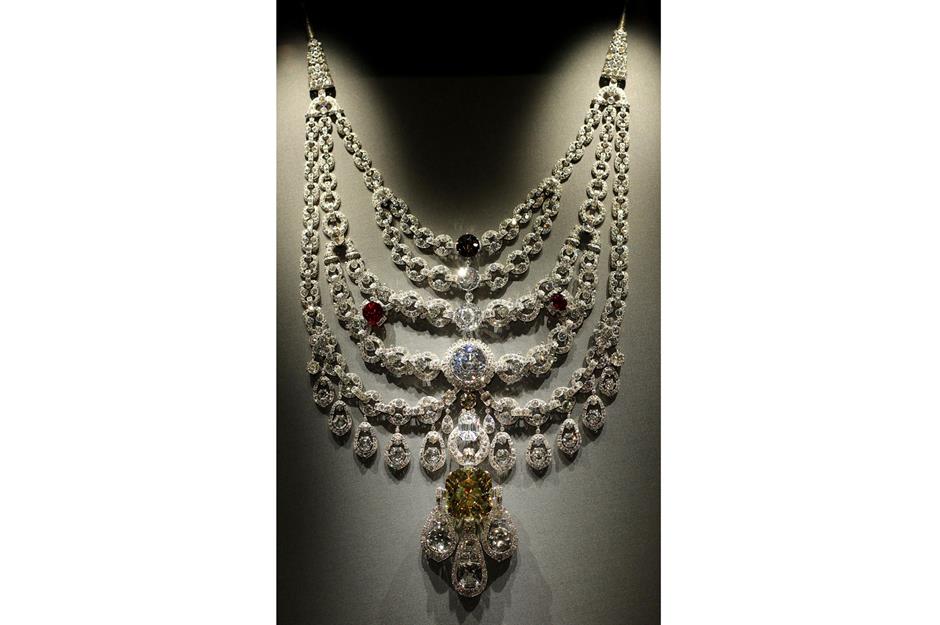
However, the “De Beers” diamond that had formed the centrepiece of the necklace reappeared at a Sotheby’s auction in Geneva in 1982, and sold for $3.16 million which would be $8.4 million (£6.4m) in today’s money. Yet no one knew where the diamond had come from. In 1998, Cartier representative Eric Nassbaum stumbled across parts of the necklace in a London antiques shop, and the jewellery company has been trying to recreate it ever since. However, there are still several large jewels missing, including Burmese rubies, so anyone that finds them could make a fortune.
Prehistoric Archaeopteryx bird fossil
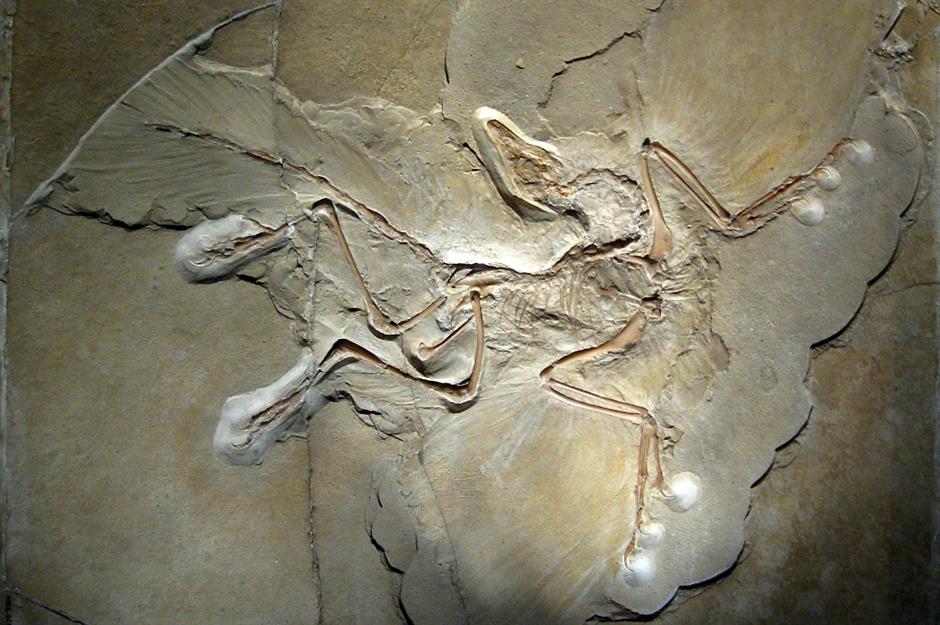
Prehistoric Archaeopteryx bird fossil

Vermeer's The Concert
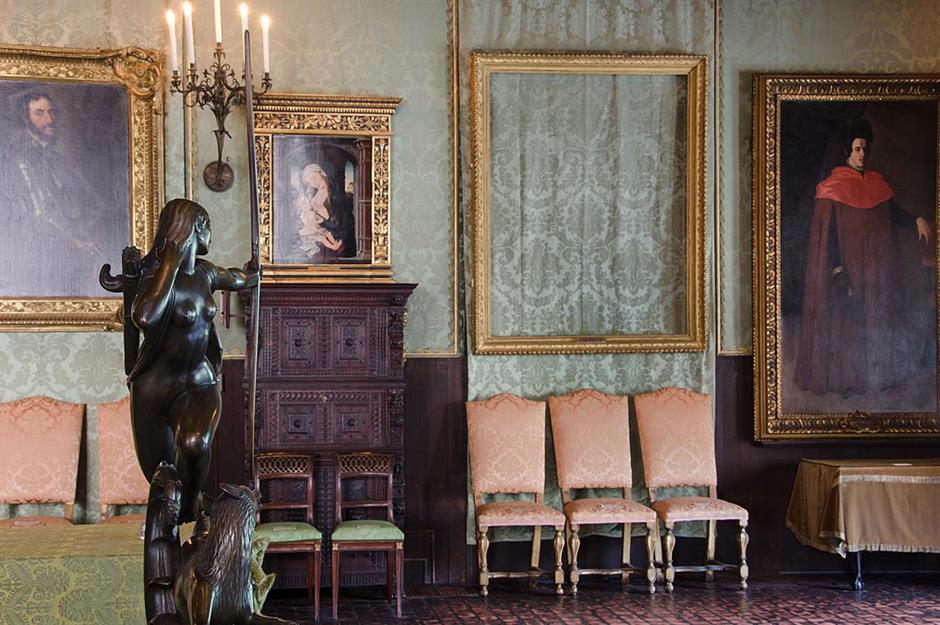
Part of a huge art heist that took place on 18 March 1990, Johannes Vermeer’s The Concert, worth more than $200 million (£152m), was taken along with 12 other artworks from the Isabella Stewart Gardner Museum in Boston. The painting, completed between 1663 and 1666, depicts three figures in a room playing musical instruments.
Vermeer's The Concert
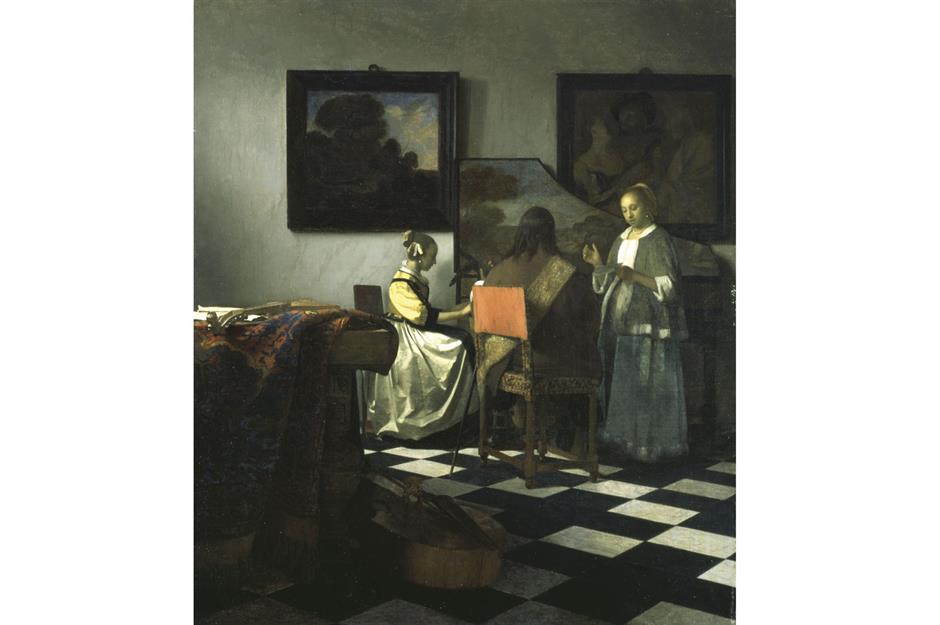
In November 2019, the key suspect of the theft, 52-year-old David Turner, was released from prison after 21 years. He had been arrested after a foiled plot to rob a Loomis-Fargo armoured truck at gunpoint in 1999, after which he was informed by the FBI that he was also a key suspect in the Isabella Stewart Garner Museum heist. While Turner has not given any information about the location of the missing artwork, there’s a $10 million (£7.6m) reward up for grabs, so here’s hope their discovery is imminent.
The world's priceless stolen treasures that were sensationally recovered
Max Valentin’s Golden Owl

One French author has kept treasure hunters guessing for more than 16 years with his Sur La Trace de la Chouette d’Or (The Hunt for The Golden Owl), a book published containing clues towards the location of a hidden golden owl. Régis Hauser, who published his book under the pseudonym Max Valentin, has hidden a small gold-and-silver sculpture somewhere in France, with 11 riddles or ‘enigmas’ acting as the clues.
Max Valentin’s Golden Owl
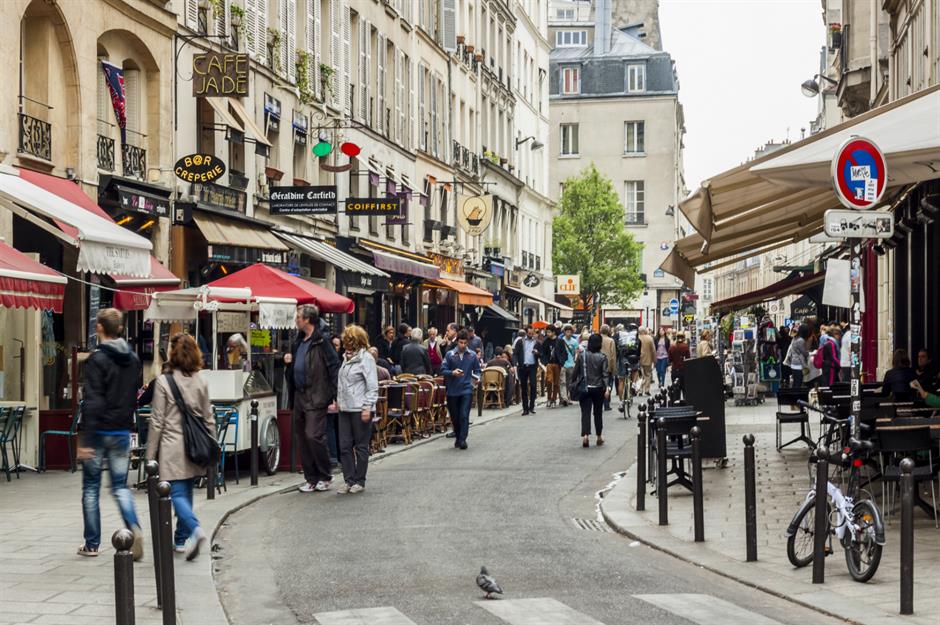
Forrest Fenn Treasure
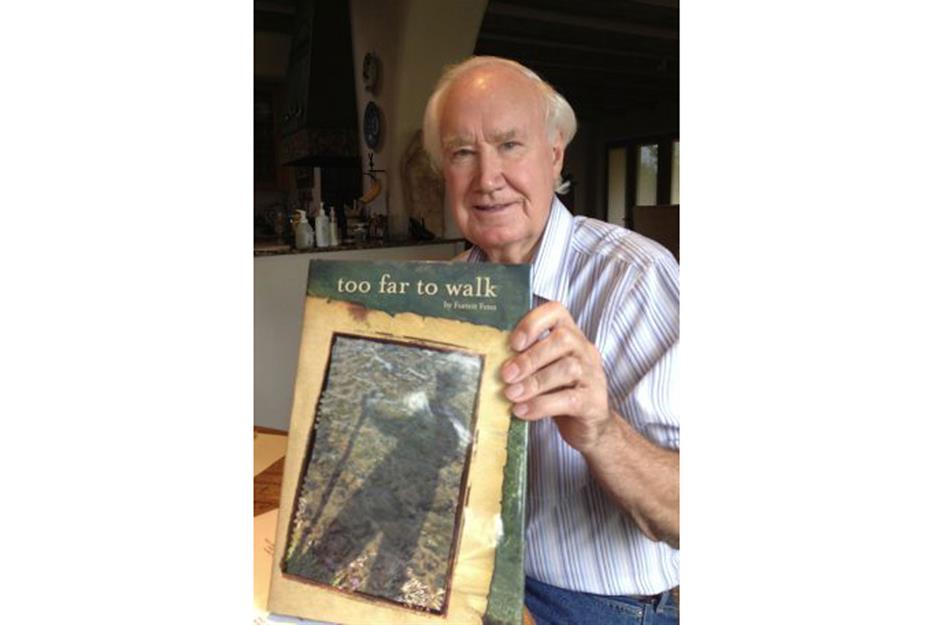
In 2010, millionaire art dealer Forrest Fenn hid a bronze Romanesque chest filled with gold coins, nuggets and gems woth as much as $3 million (£2.3m) somewhere in the Rocky Mountains. The now-87-year-old gave a clue towards finding it, in the form of a cryptic 24-line poem (pictured on following slide). Since then, countless treasure hunters have gone looking for it. But it's not without its dangers, and so far four people have died in the quest to find it.
Forrest Fenn Treasure
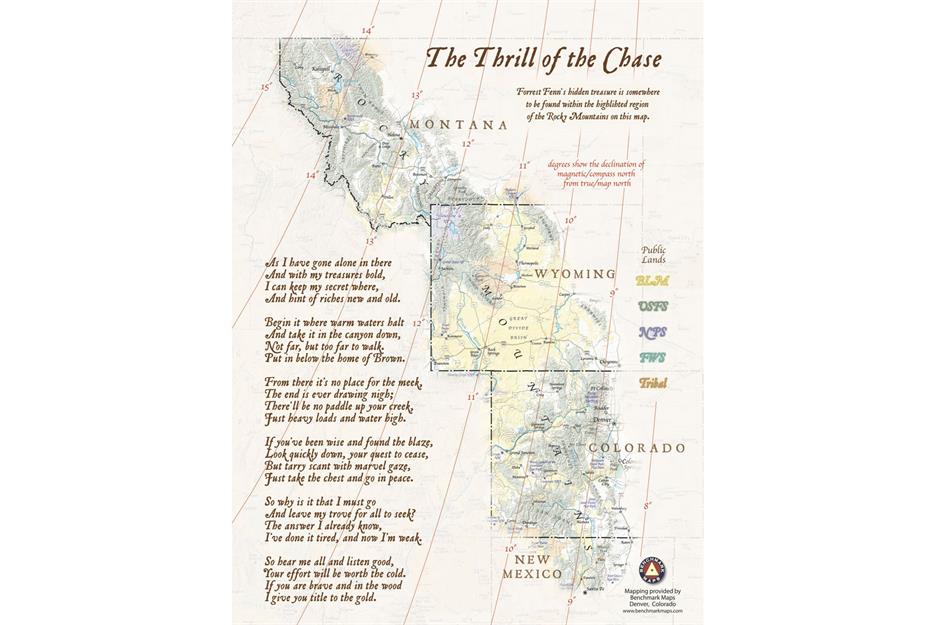
One treasure hunter, Colorado Springs resident David Harold Hanson, has been so enflamed by what he calls “misleading clues” that, on 2 December 2019 he filed a lawsuit against Fenn and is currently seeking $1.5 million (£1.1m) in damages. On April Fool’s Day this year, local newspaper High Country News ran a satirical article claiming the bounty had been found, featuring a doctored image of the supposed treasure chest in the snow.
Van Gogh's Poppy Flowers
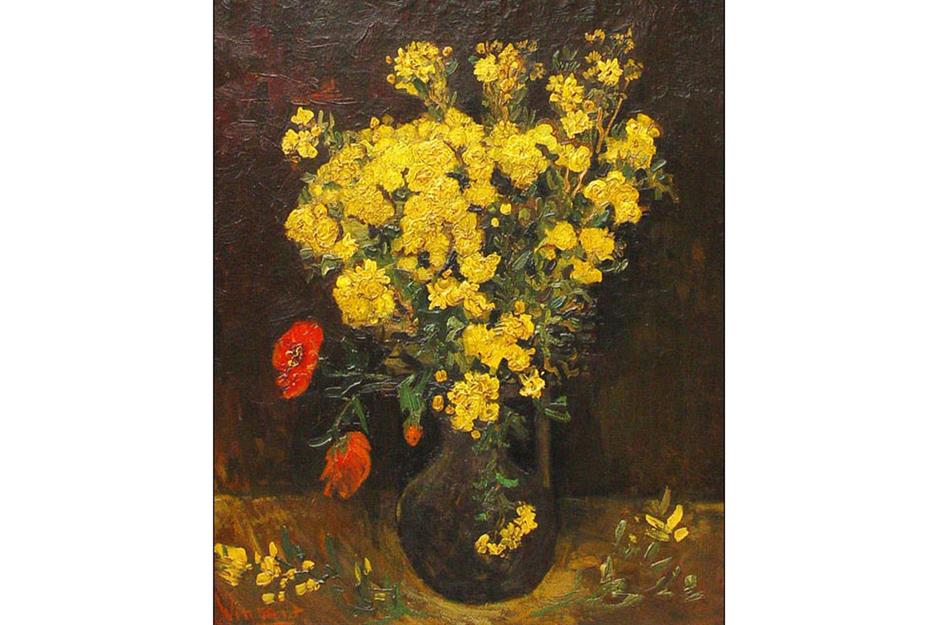
Van Gogh’s artwork sells for millions of dollars nowadays, but because of this his paintings are very attractive to thieves. One such artwork is Poppy Flowers (1887), worth an estimated $50 million (£38m), which was stolen not once but twice. The first theft took place in 1977, when it was nabbed from the Mohamed Mahmoud Khalil Museum in Egypt. But it turned up again 10 years later at an undisclosed location in Kuwait.
Van Gogh's Poppy Flowers

However, the artwork was stolen once again from the same museum in 2010. Thieves cut the painting from its frame, and news reports confused the situation by initially suggesting the painting had been recovered, before retracting the statement. To this day, the painting remains missing, so anyone that could help to find it could make some serious cash, especially given that Egyptian billionaire Naguib Sawiris (pictured) has offered a $175,000 (£133k) reward for information leading to its return.
Blenheim Palace gold toilet
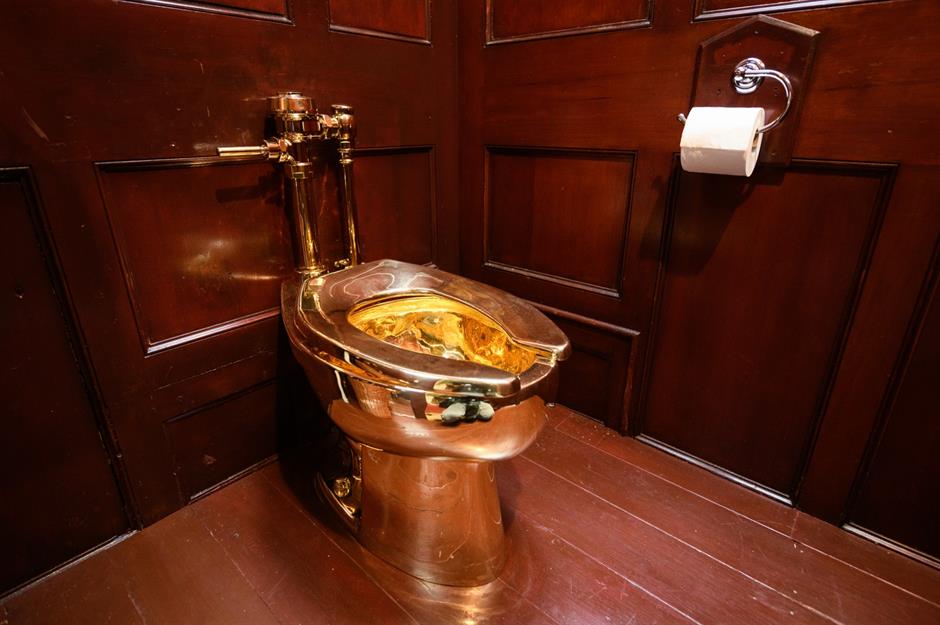
In a high-profile raid of one of Britain’s largest stately homes, in the early hours of the morning on 14 September 2019, an 18-carat gold toilet worth $6 million (£4.8m) was stolen. The toilet artwork called America had been part of an exhibition by artist Maurizio Cattelan. Visitors were invited to use the fully functioning toilet, and so its removal caused significant flooding and damage as it was ripped away from its pipes and the wall at Blenheim Palace in Woodstock, Oxfordshire.
Blenheim Palace gold toilet

So far, six people have been arrested in connection with the burglary, but all have been released without charge. Police believe that there were five people involved in the heist, using two stolen cars with fake number plates to commit the crime. Some have suggested that the toilet could have already been melted down to make it easier for the thieves to make money from it. But with a $132,000 (£100k) reward on offer, could the stolen toilet turn up in 2020?
Now read about the people who bought homes and found treasure
Comments
Be the first to comment
Do you want to comment on this article? You need to be signed in for this feature
Most Popular
Features How Michael Jackson's children boost their bank balances